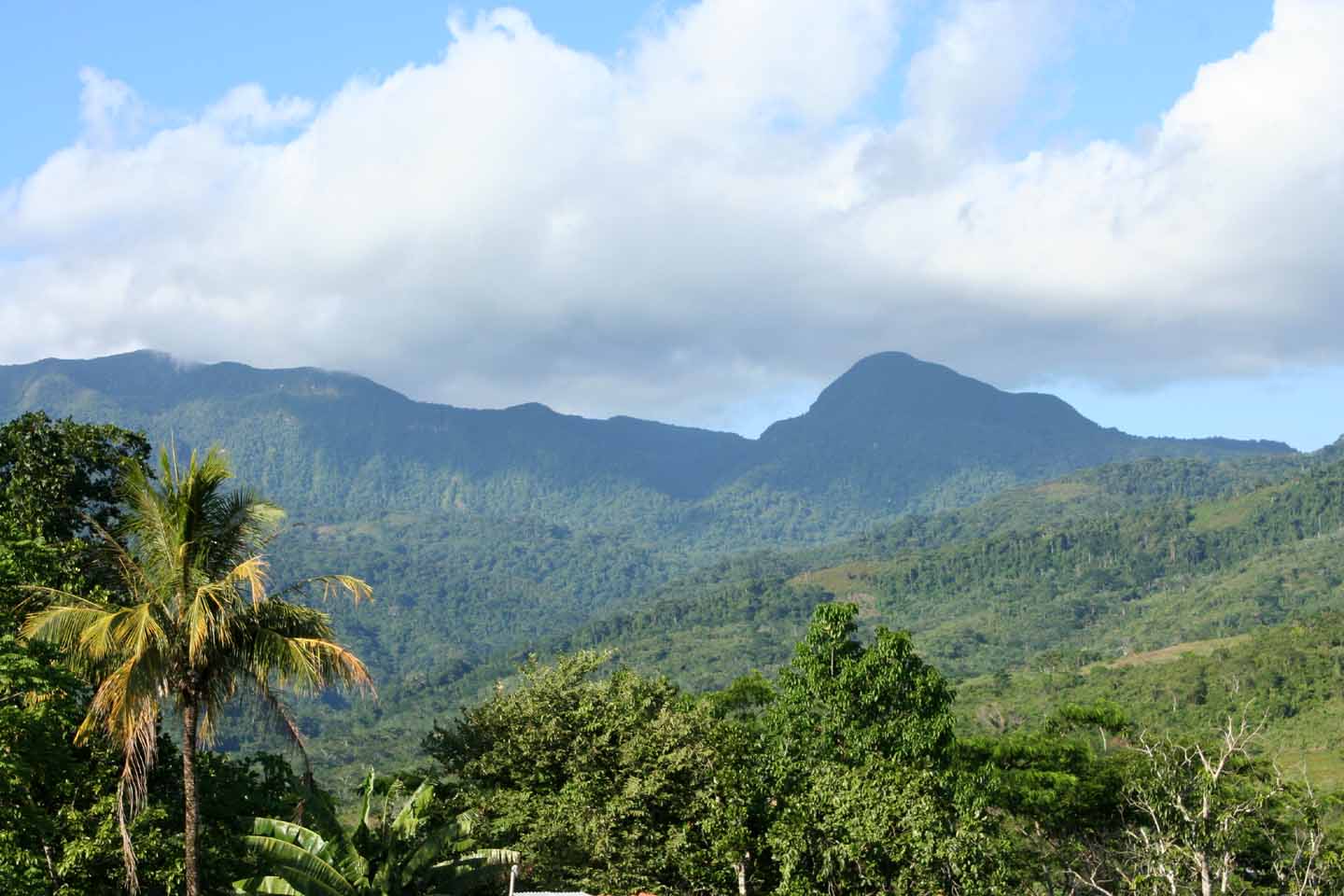Cloud forests are thick, high-elevation patches of mossy forest watered by the near-constant presence of fog and low-hanging clouds. These niche habitats are often thought of and described as pristine, but new research suggests cloud forests in the Peruvian Andes were cleared by native Andean farmers some 1,200 years ago.
Today, cloud forests serve as a sanctuary for species chased to higher elevations by rising global temperatures and extreme weather. However, cloud forests themselves — and the important ecological role they play — are increasingly threatened by climate change. According to new research, Peru’s cloud forests have faced threats from climate change and human activity before.
To trace the history of human activity in and around the cloud forests that surround Peru’s Lake of the Condors, scientists collected sediment cores from the bottom of the lake. By measuring the changing concentrations of fossil pollen, charcoal and algae, as well as shifts in sediment chemistry, researchers were able to reconstruct the history of land-use in the region. Scientists knew that native populations had occupied the forests surrounding the Lake of the Condors, as archaeologists have found more than 200 Incan and pre-Incan mummies entombed in the cliffs above the lake. The latest analysis, published this week in the journal Nature Ecology and Evolution, showed the region also hosted high-elevation farming. When scientists compared their sediment data with ancient climate patterns, they found a series of long-lasting droughts called megadroughts coincided with increases in cloud forest deforestation.
Source: Megadroughts forced Peruvian farmers into cloud forests 1,200 years ago – UPI.com

